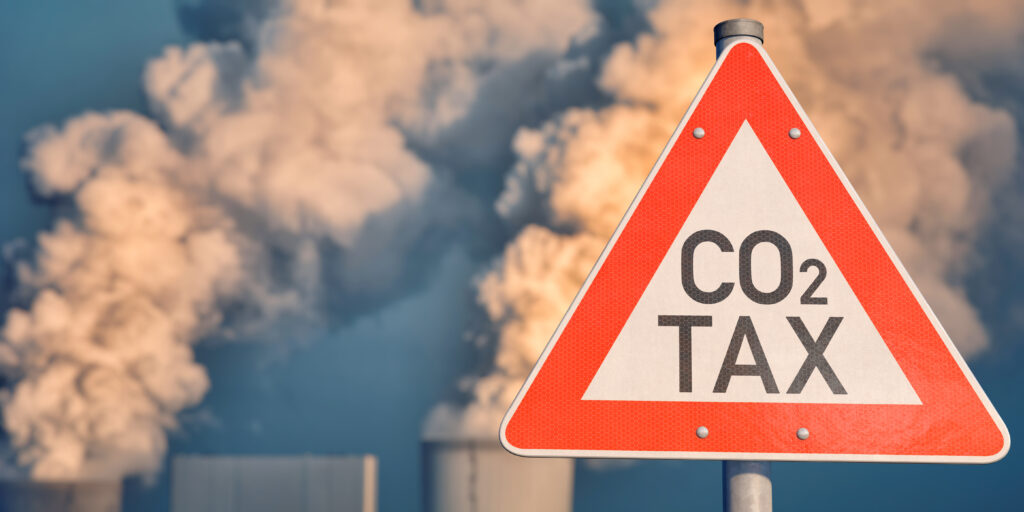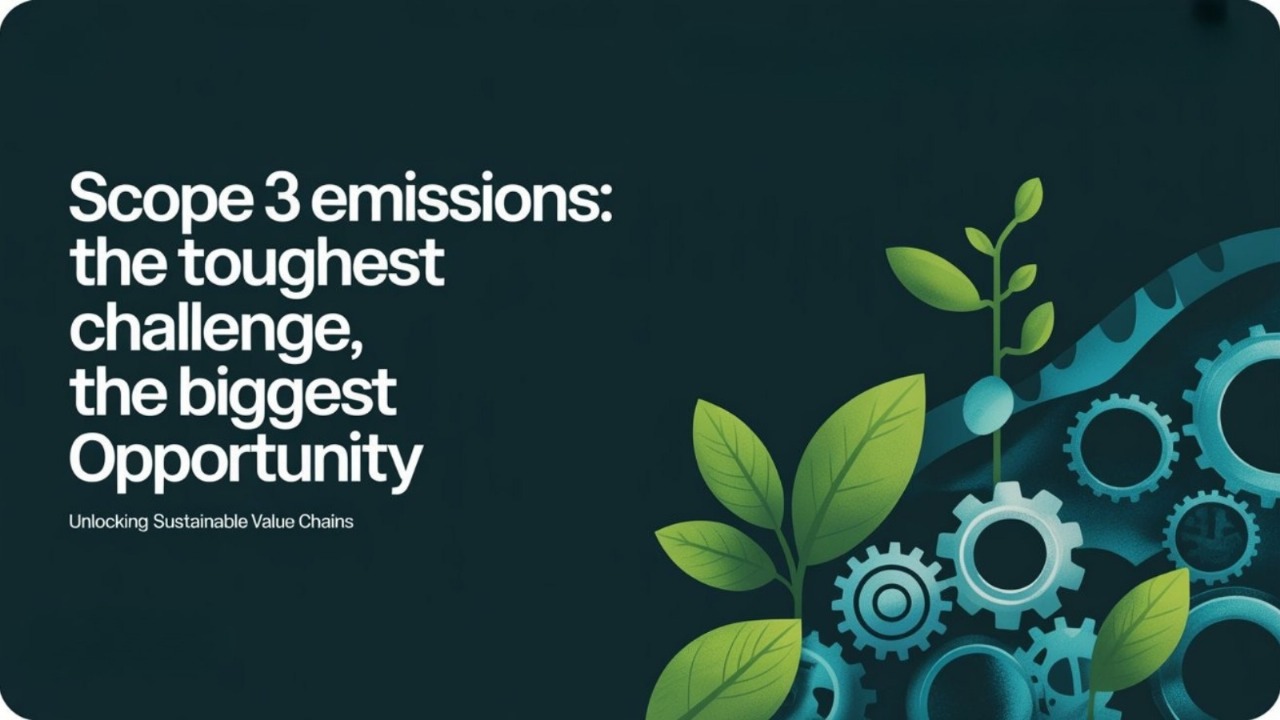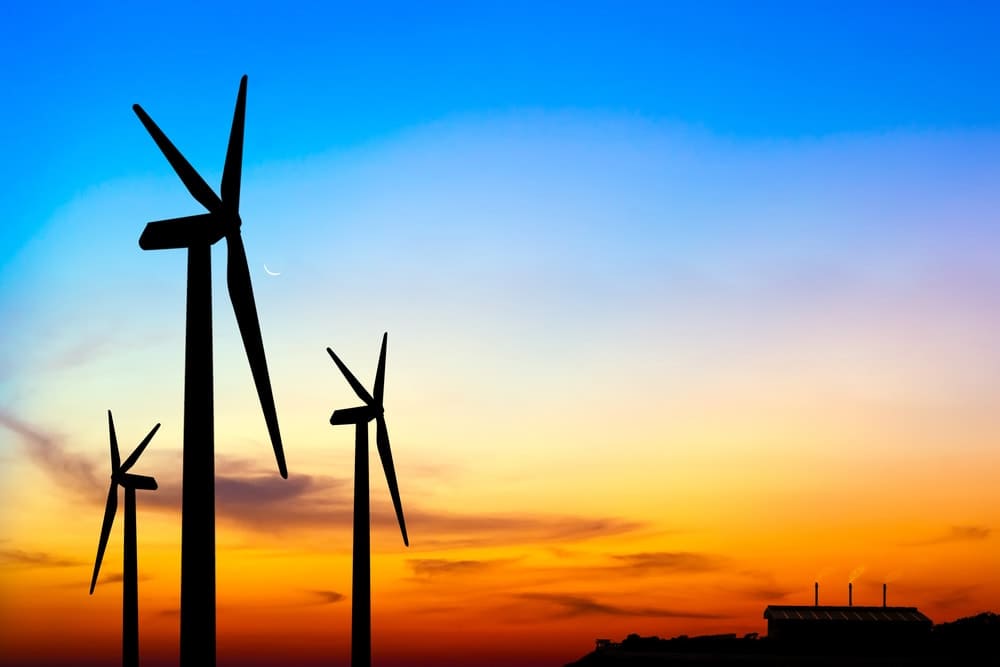Emissions that happen in the Manufacturing Sector
Why forming a comprehensive strategy to address them is important

In the dynamic realm of manufacturing, emissions stand as a critical challenge, impacting both environmental sustainability and corporate responsibility. As industries evolve, so does the imperative to understand, measure, and address the emissions occurring in the manufacturing sector. Join us on a journey to explore why formulating a comprehensive strategy is crucial and how World of Circular Economy (WOCE) plays a pivotal role in steering industries towards a sustainable future.
Understanding Manufacturing Emissions:
Manufacturing processes inherently generate emissions, contributing to greenhouse gases and environmental degradation. These emissions primarily fall into three scopes:
Scope 1 Emissions: Direct emissions from owned or controlled sources, such as on-site combustion for heat and power.
Scope 2 Emissions: Indirect emissions from purchased electricity, heating, or cooling.
Scope 3 Emissions: Indirect emissions from the entire value chain, including both upstream and downstream activities.
Challenges in Addressing Manufacturing Emissions
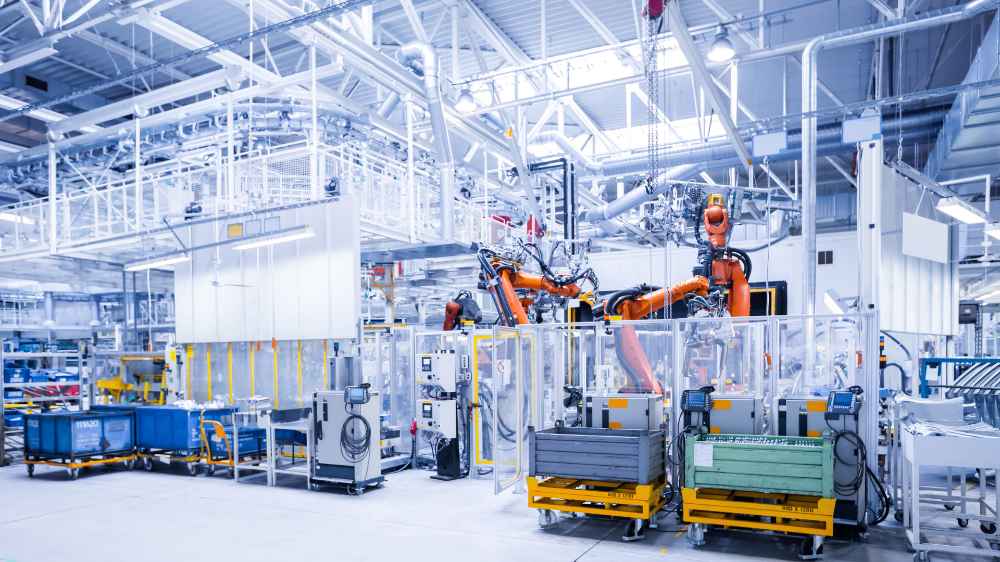
Diverse Sources: Manufacturing involves a multitude of processes, each contributing to emissions. Identifying and mitigating these diverse sources require a nuanced approach.
Regulatory Compliance: With the tightening of environmental regulations globally, manufacturers face the challenge of aligning with stringent emission standards.
Supply Chain Impact: Scope 3 emissions, related to the supply chain, can be particularly challenging to address due to the complex network of suppliers.
Why a Comprehensive Strategy Matters:
Environmental Stewardship: A robust strategy is essential for minimizing the environmental impact of manufacturing activities, contributing to global efforts in achieving carbon neutrality.
Regulatory Adherence: A well-defined strategy ensures that manufacturing processes align with existing and upcoming environmental regulations, mitigating legal and financial risks.
Operational Efficiency: Identifying emission sources and implementing efficient technologies not only reduces environmental impact but can also enhance overall operational efficiency.
WOCE's Role in Crafting Sustainable Strategies:
Carbon Ledger: WOCE’s Carbon Ledger, an innovative technology that captures, calculates, and reports emissions across Scope 1, 2, and 3. This tool serves as the cornerstone for crafting effective emission reduction strategies.
Carbon Accounting as a Service (CAaaS): WOCE offers CAaaS, empowering manufacturing industries with comprehensive carbon accounting solutions tailored to their specific needs.
Regulatory Framework Compliance: WOCE's tools ensure compliance with regulatory frameworks like the Carbon Border Adjustment Mechanism (CBAM), helping manufacturers navigate complex regulatory landscapes.
Crafting a Sustainable Manufacturing Value Chain:
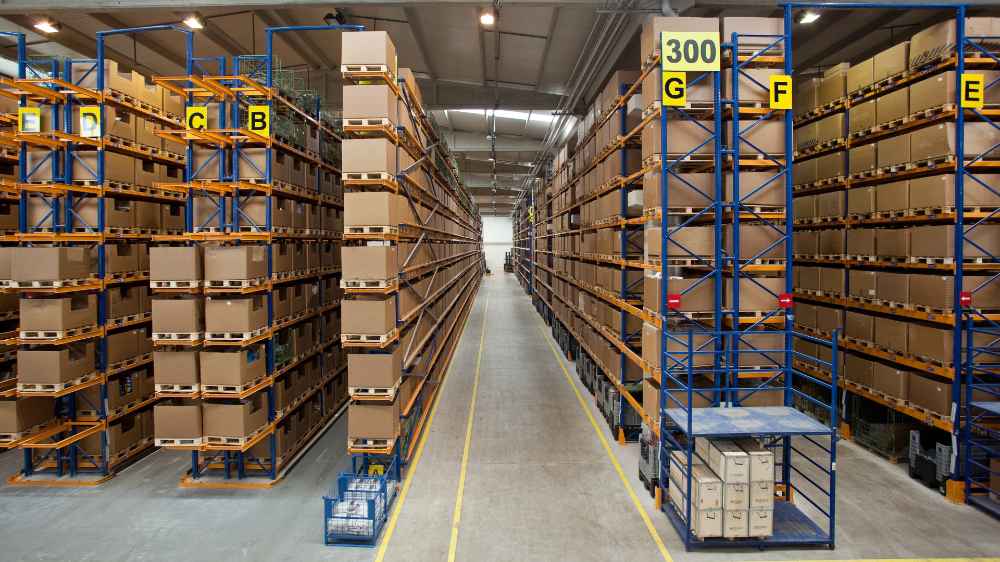
A sustainable strategy involves not only reducing emissions but also fostering responsible sourcing, ethical production, and circular economy practices. WOCE's Carbon Accounting as a Service (CAaaS) complements the Carbon Ledger by providing a holistic approach to carbon management. It aids in aligning manufacturing processes with sustainability goals and regulatory frameworks like the Carbon Border Adjustment Mechanism (CBAM).
Achieving Profitability through Sustainability:
Contrary to conventional beliefs, embracing sustainability in manufacturing doesn't hinder profitability; it enhances it. WOCE's tools empower manufacturers to optimize processes, reduce resource consumption, and meet the growing demand for eco-friendly products, thereby securing a competitive edge in the market.
Crafting Your Manufacturing Sustainability Journey:
Embark on a transformative journey with WOCE, redefining the manufacturing landscape by seamlessly integrating sustainability into every operation. Join hands with us to not only address emissions but also to create a blueprint for a sustainable and prosperous future.
